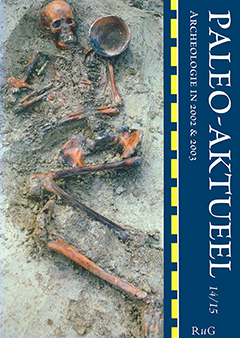Brood- & macaronitarwe in het oude Egypte: een late oogst
Samenvatting
Although free-threshing wheat (bread and macaroni wheat; Triticum aestivum ssp. aestivum and Triticum turgidum ssp. durum) has been cultivated in the southern Levant from the middle PPNB onwards, hulled wheat (emmer; Triticum turgidum ssp. dicoccon) continued to be the primary wheat in Egypt until the Graeco-Roman period. Socio-cultural and political arguments have been put forward to explain this relatively late shift in cereal cultivation. A critical analysis of recent reference material was used to judge the species level for all the Egyptian subfossil records of free-threshing wheat. This was done partly by direct study of the subfossil remains and partly by checking the relevant publications. It was concluded that most of the records of free-threshing wheat dating to the Predynastic and Pharaonic period have to be rejected, owing to the application of unreliable criteria. It is suggested that, in addition to the socio-cultural and political arguments, economic considerations may also have been responsible for the delayed introduction of free-threshing wheat in Egypt. Hulled wheat has the advantage of minimum loss during harvesting, better protection against decay during storage and better digestion when used as animal fodder. During Graeco-Roman times, when large-scale transport and storage of grain became necessary, free-threshing wheat became the preferred cultivar, as a reduction of the potential yield was outweighed by more efficient transport and storage of the naked grain.

